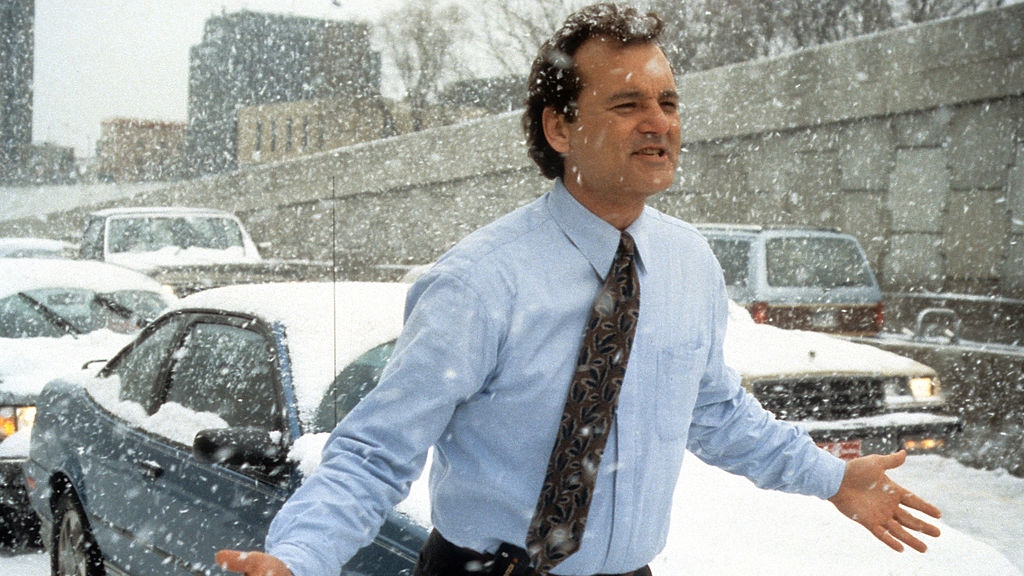It’s never been much of a secret that Bill Murray is supposedly a mercurial sort of guy. And while some of his former collaborators have had only wonderful things to say about the comedian, others have had less-kind opinions about the Oscar nominee.
Beginning with 1979’s Meatballs, which Harold Ramis co-wrote and Murray starred in, the two would go on to collaborate a half-dozen times over the years. Their final film together, 1993’s Groundhog Day, is a bona fide comedy classic which even Ramis understood was his “masterpiece.” Yet while the final version of the film was comedy perfection, the mood behind the scenes was a lot less jovial — due to a rift that began brewing between Murray and Ramis, and wasn’t rectified until it was almost too late.
In honor of Groundhog Day’s 30th anniversary, The Hollywood Reporter’s Ryan Gajewski spoke with several of the people involved in the making of the movie, and learned that for as many laughs as the movie continues to provide us with, the vibe was much different when the cameras weren’t rolling.
While screenwriter Danny Rubin was pushing for Tom Hanks to star as cranky weatherman Phil Connors, as he was afraid that hiring a straight comedian for the part might lead the actor to “fall into their schtick,” Ramis considered a number of names, including Michael Keaton. Eventually, as we all know, the role went to Murray — who is undeniably perfect in the part — but the energy between Ramis and Murray was off from the beginning.
The way producer Trevor Albert recalled it to THR, Murray appeared to be dealing with some issues from the get-go, which eventually led to a falling out between the director and his star.
“It was a tense shoot for a number of reasons,” Albert told The Hollywood Reporter of the feeling on the set. “It was unfortunate and probably made the movie considerably less fun to make.”
But if anything, Groundhog Day — and the legacy it has left behind, even 30 years later — is a testament to how well a film can turn out, even if there is discord behind the scenes. “You can still make a very good movie when people are not in perfect harmony,” Albert said. Groundhog Day is certainly proof of that.







